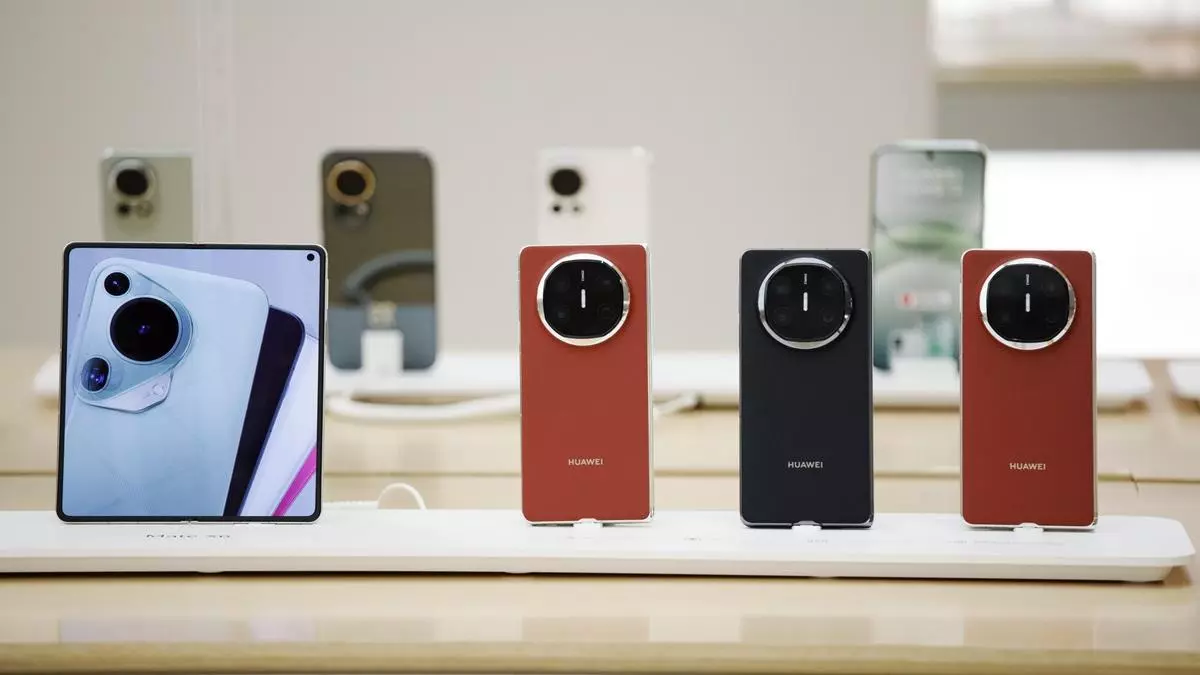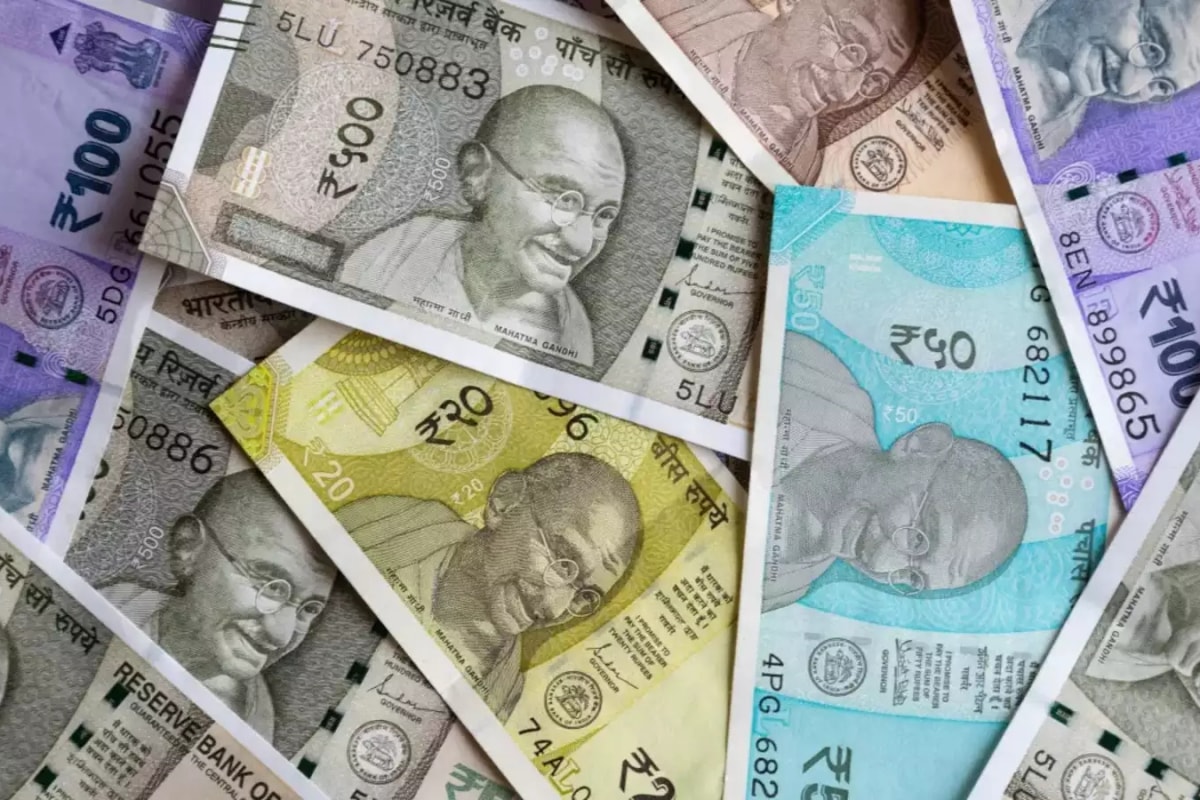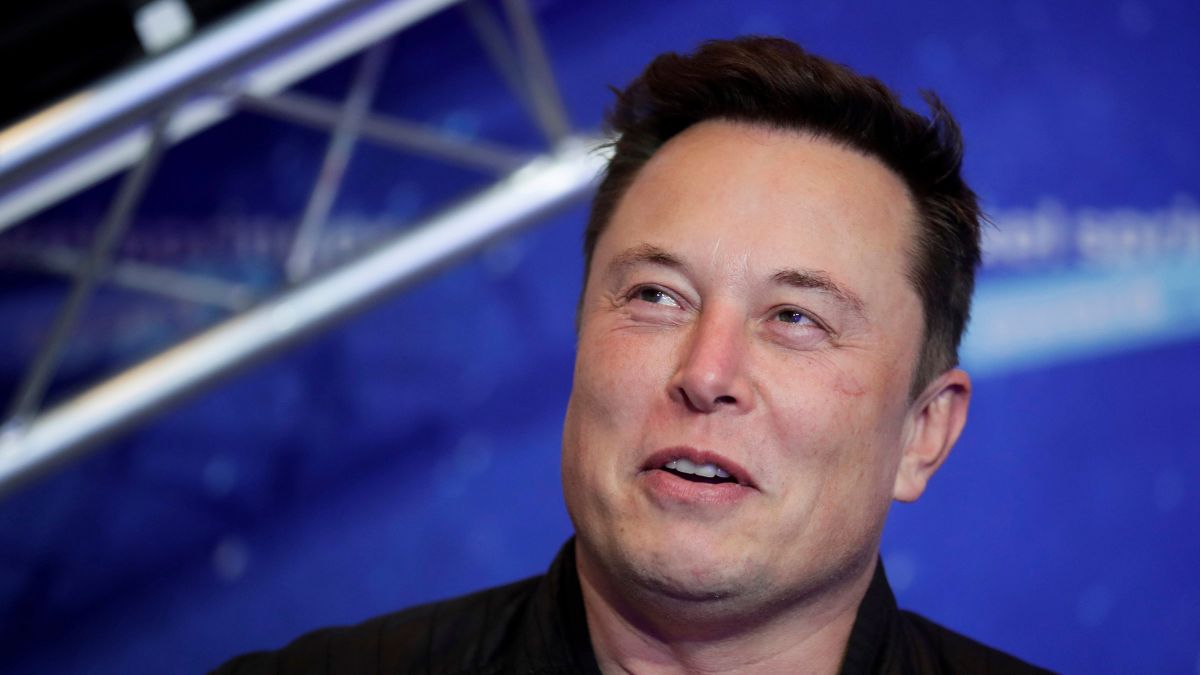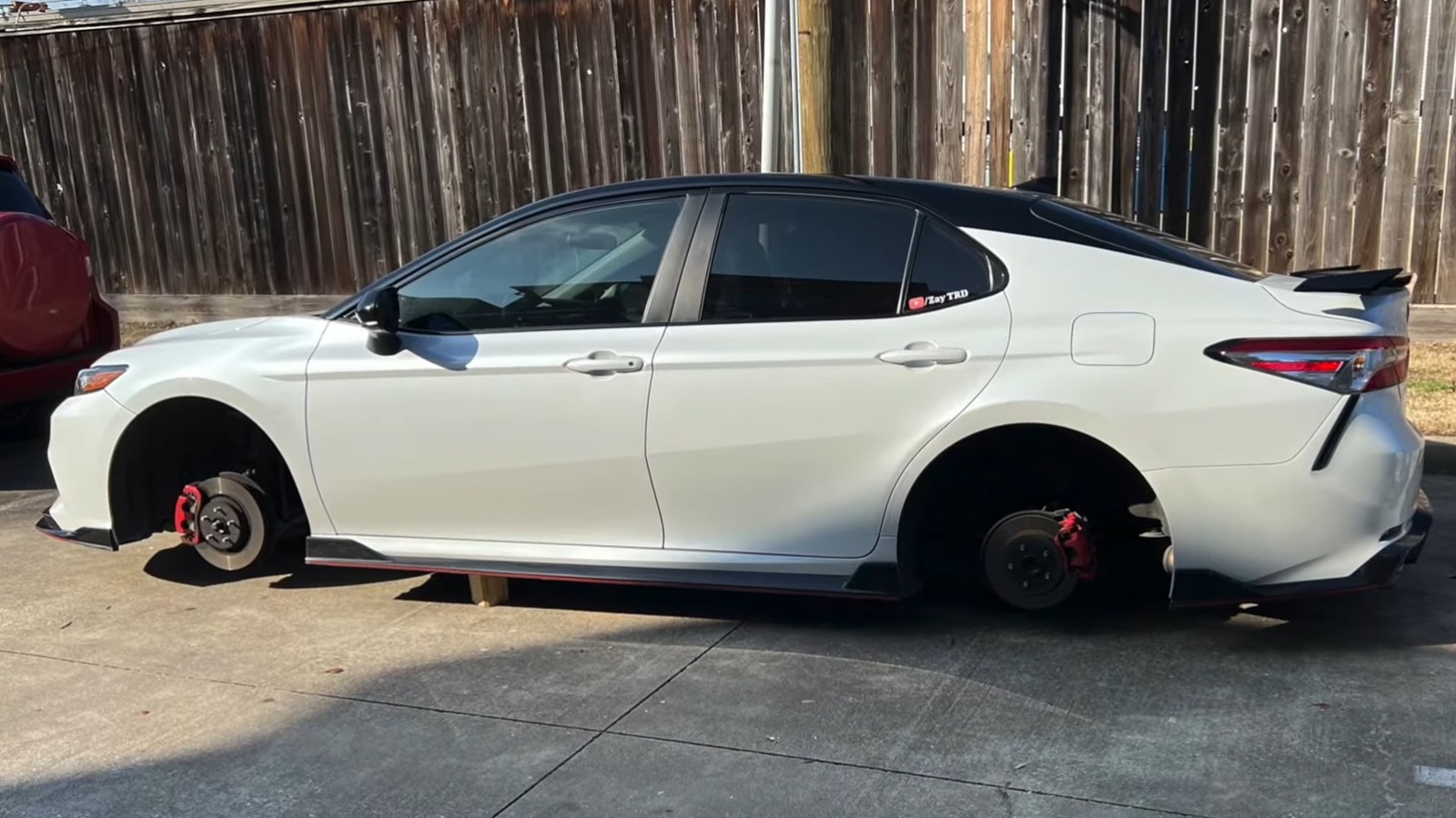
India’s smartwatch shipments declined 30 per cent year-on-year (y-o-y) in 2024, the market’s first major drop after years of growth, due to a slower replacement cycle. According to Counterpoint Research’s Q4 2024 India Smartwatch Shipment Tracker, this was primarily due to limited differentiation in the lower price segments, a lack of innovation, low sensor accuracy, an unclear product portfolio that made it difficult to select the right model, and an unsatisfactory experience with initial smartwatch purchases. Declining first-time users and price wars further led to a decline in value and volume.
According to the research firm, in terms of volumes, the shipments of smartwatch has come down to around 35 million units in 2024 as compared with more than 50 million units in 2023. However, this dip in growth is expected to be only a temporary pause, suggesting that the adoption rates could rise in the future as the smartwatch attach rate is still low, it said. Interestingly, the premium segment (₹20,000 and above) bucked the trend and surged 147 per cent y-o-y as some experienced users gradually moved to advanced smartwatches with better health insights, smartphone integration, and other features.

Apple , Samsung and OnePlus were the top three players in the premium segment, the report said. At the original equipment manufacturer (OEM) level, Noise led the market with a 27 per cent share followed by Fire-Boltt with a 19 per cent share. Titan, the parent brand of Fastrack, was the only key OEM to register growth at 35 per cent y-o-y while Boult remained flat.
CMF by Nothing registered over 5x growth with its Watch Pro 2 while Realme re-entered the market with the Watch S2, the Counterpoint report highlighted. “The market is undergoing a correctional phase, prompting OEMs to adjust their strategies accordingly. OEMs are now prioritising improving user experience and incorporating new features such as NFC, GPS , and cellular connectivity while slightly moving up the price ladder and targeting kids’ segments as well,” Senior Research Analyst Anshika Jain, said.
In terms of distribution channels, online remained the preferred choice, capturing 66 per cent of the market share. Meanwhile, the offline channel continued to expand as OEMs forged new partnerships and increased offline availability. “As consumer awareness on health tracking and the necessary sensors grows, we expect users to be more inclined to invest in high-quality products that can transform their experience.
OEMs should prioritise rebuilding customer trust in this segment to stimulate demand. The change will occur gradually as OEMs bring new features and consumers replace their older smartwatches, leading us to project a modest single-digit percentage decline in 2025,” Balbir Singh, Research Analyst, said. He said the market used to see several entrants each quarter, but in 2025 fewer entrants are expected due to intense competition and lower margins.
“Established OEMs are likely to shift towards the higher price segments as they try to recuperate their margins. The premium segment will continue to grow due to its higher aspiration status and overall better devices,” Singh added. Comments.














